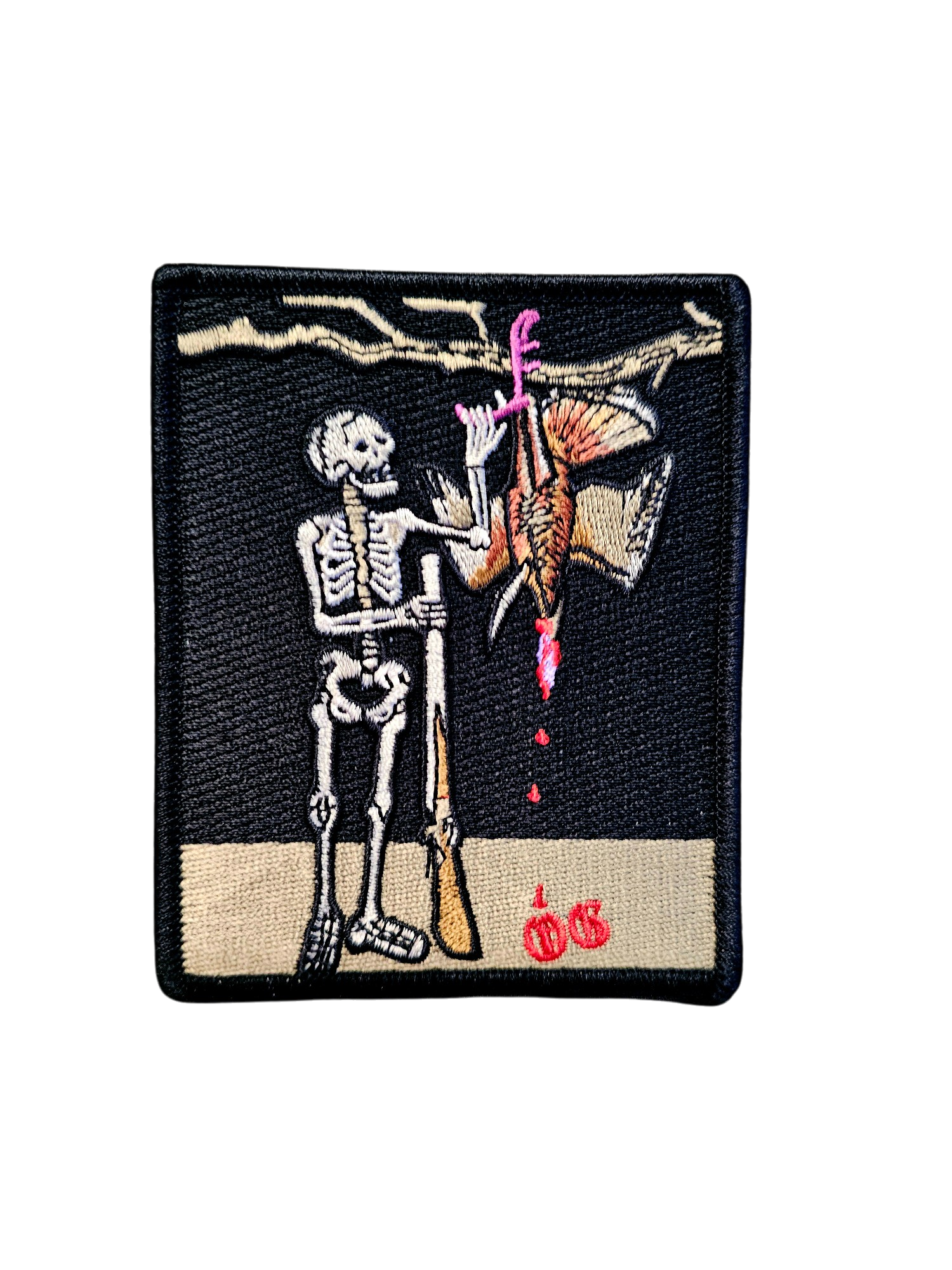   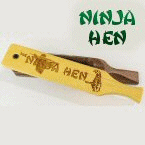 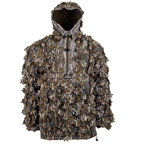  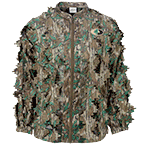 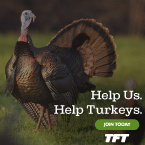 |
Lacrosse Venom II Snakeboot Input PleaseStarted by 10th Legionaire, February 27, 2025, 04:40:58 PM Previous topic - Next topic
User actions
|
        |
Lacrosse Venom II Snakeboot Input PleaseStarted by 10th Legionaire, February 27, 2025, 04:40:58 PM Previous topic - Next topic
User actions
|